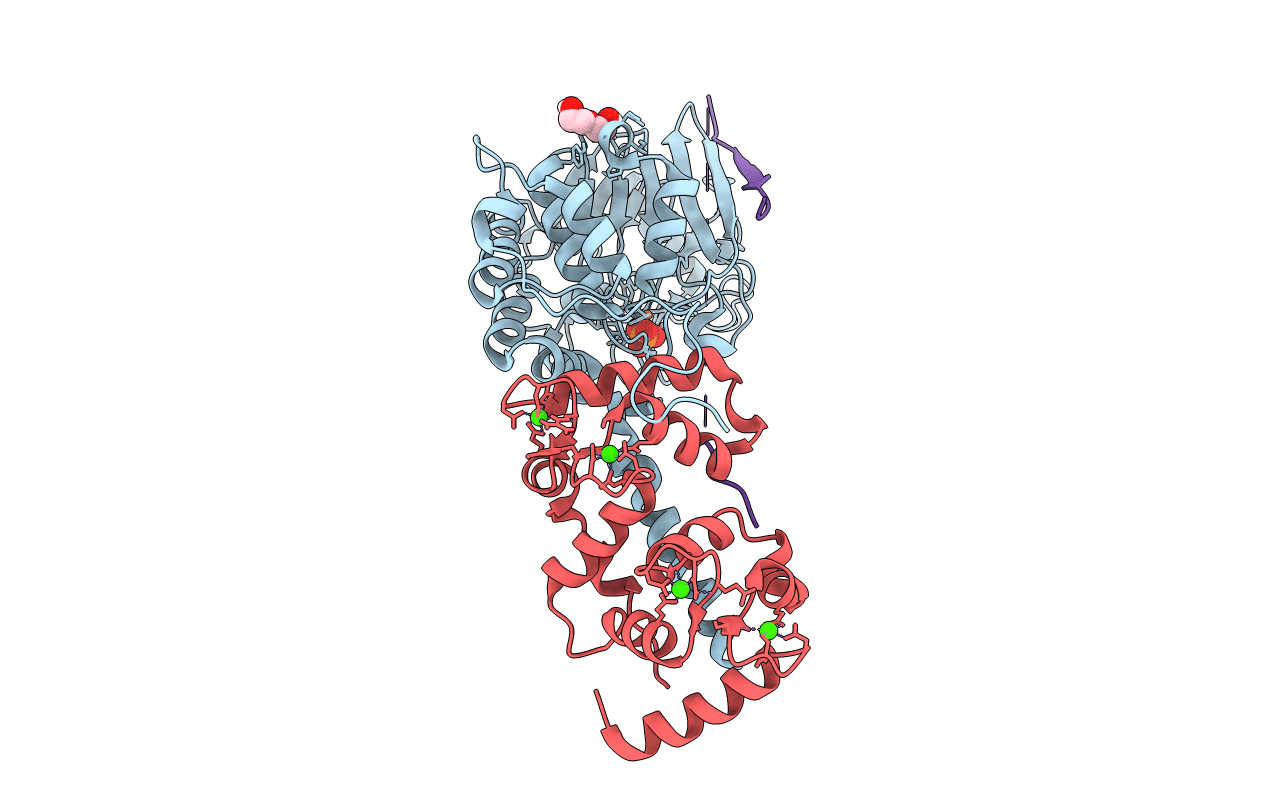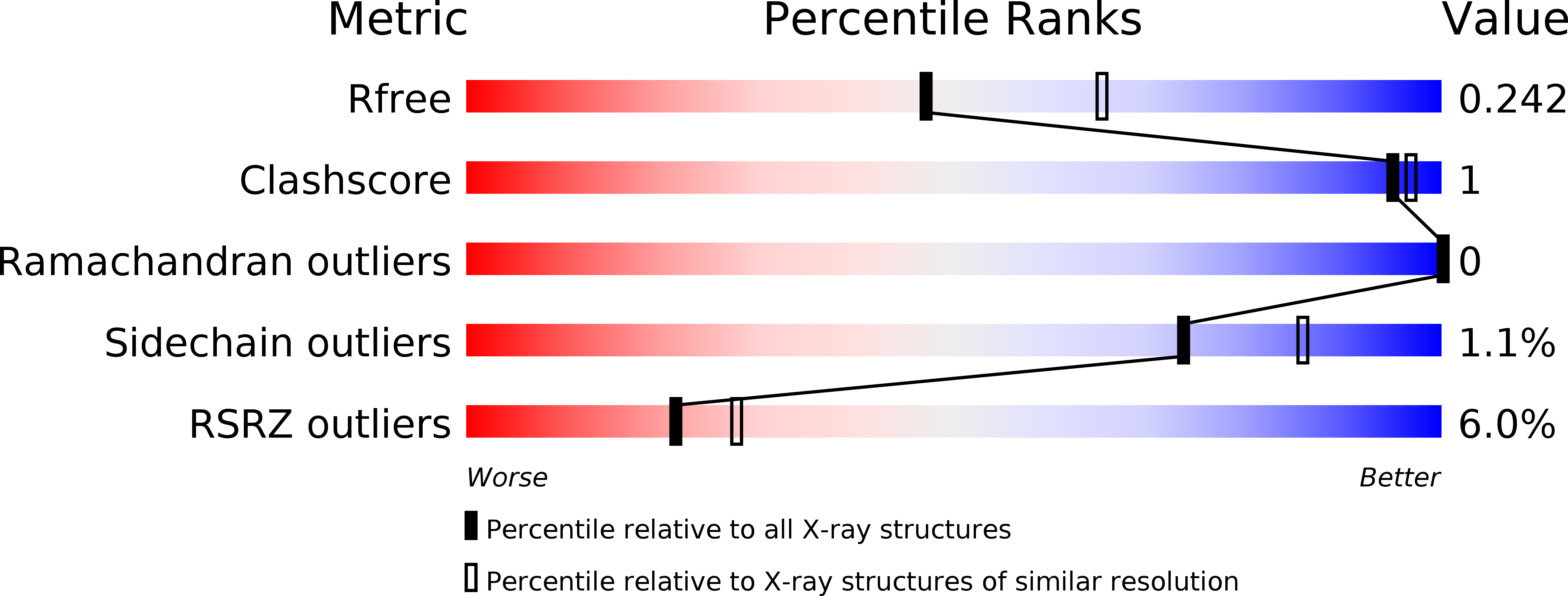
Deposition Date
2019-02-02
Release Date
2019-07-03
Last Version Date
2023-10-11
Entry Detail
PDB ID:
6NUU
Keywords:
Title:
Structure of Calcineurin mutant in complex with NHE1 peptide
Biological Source:
Source Organism:
Homo sapiens (Taxon ID: 9606)
Host Organism:
Method Details:
Experimental Method:
Resolution:
2.30 Å
R-Value Free:
0.24
R-Value Work:
0.19
R-Value Observed:
0.19
Space Group:
C 2 2 21


